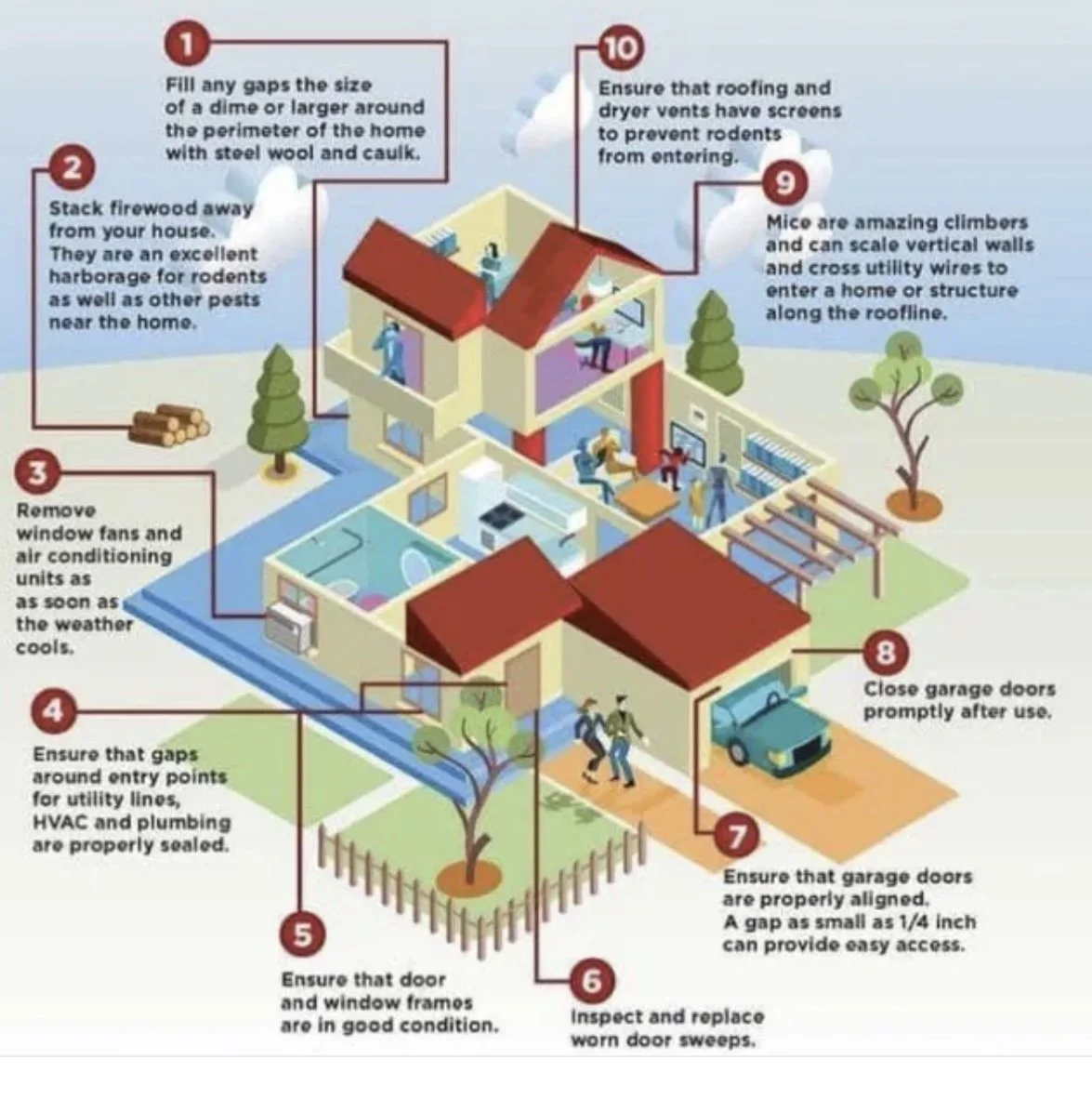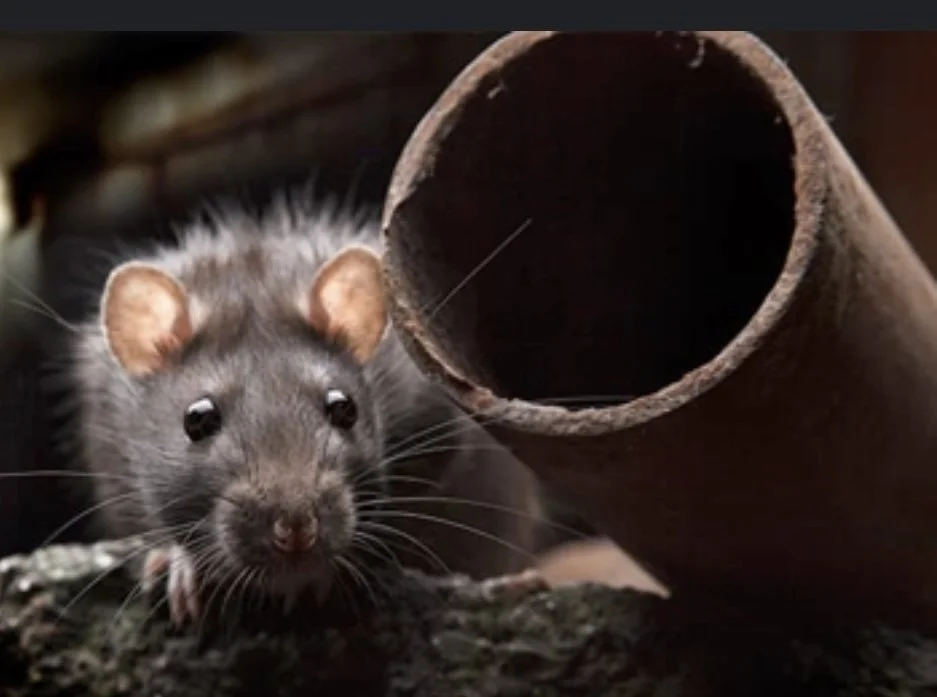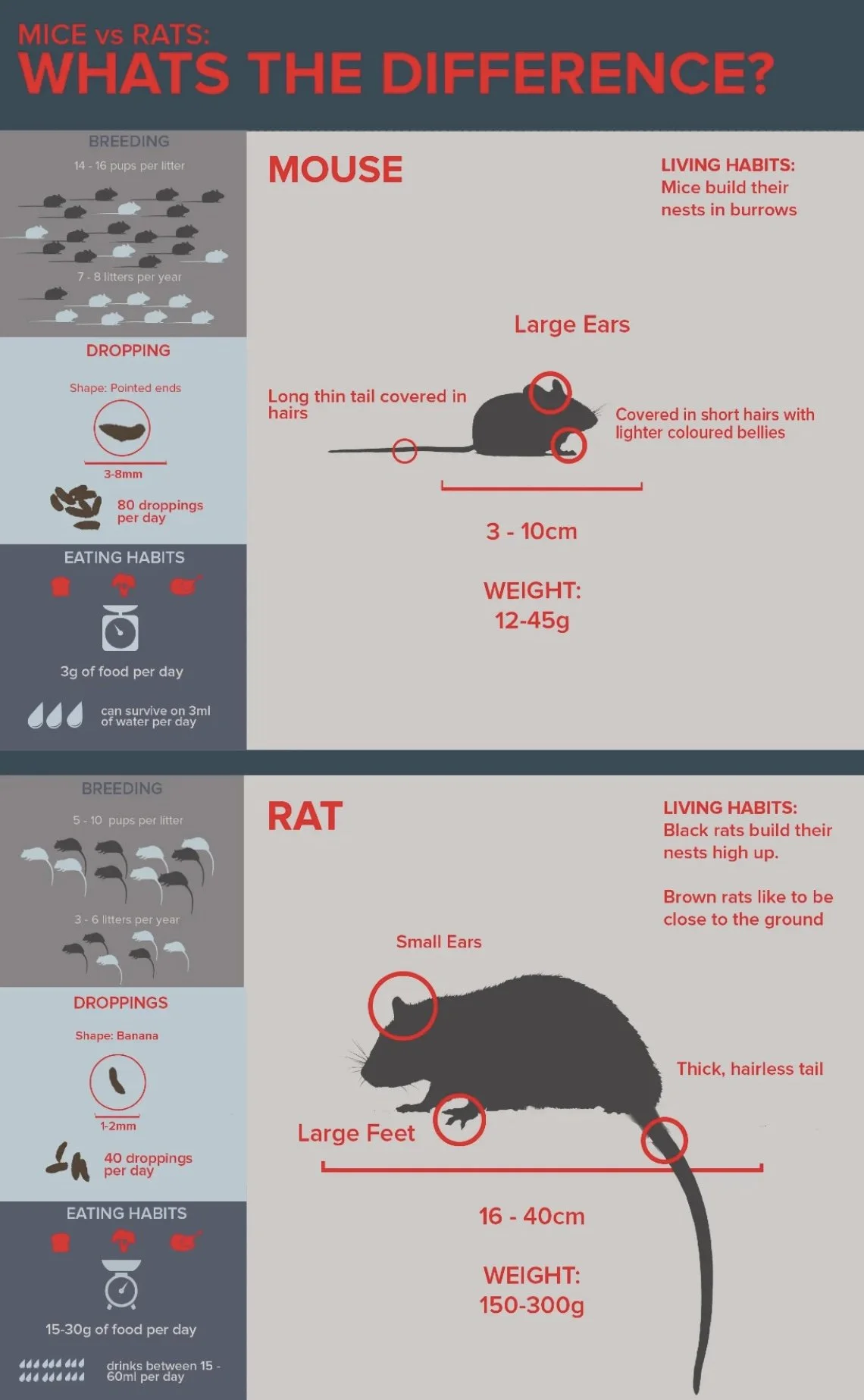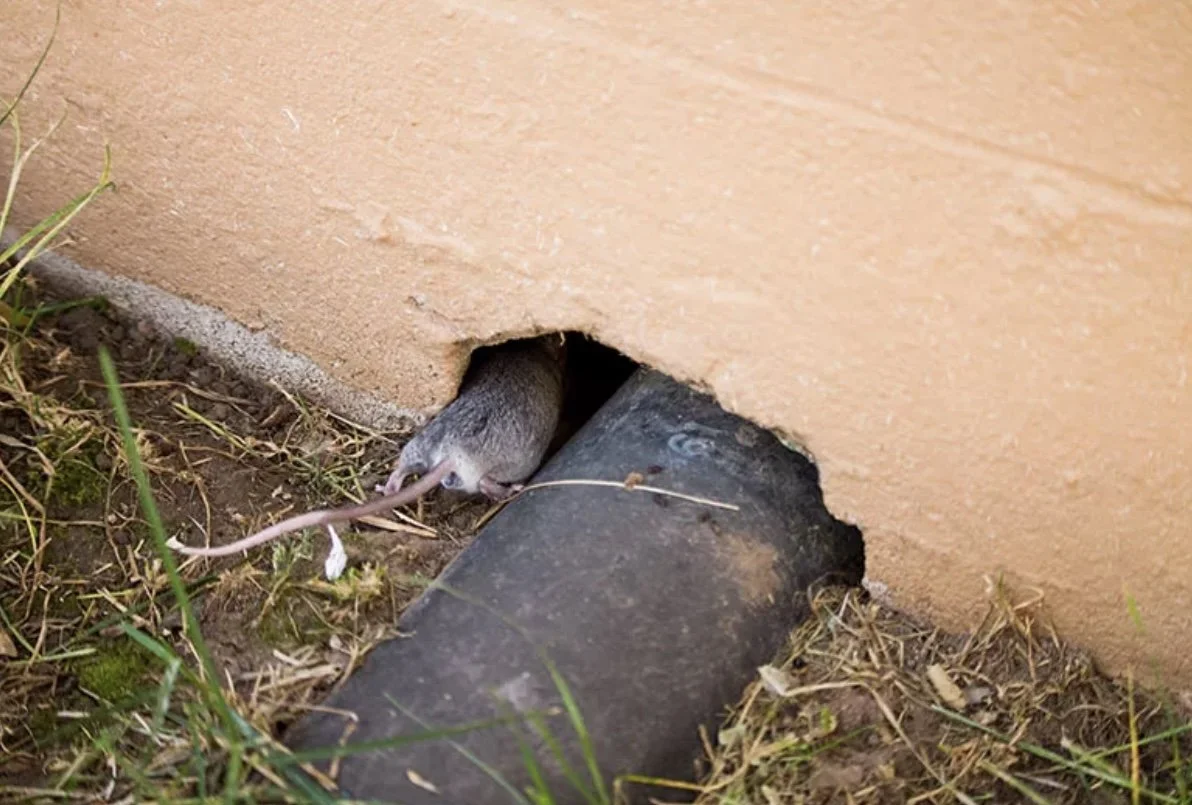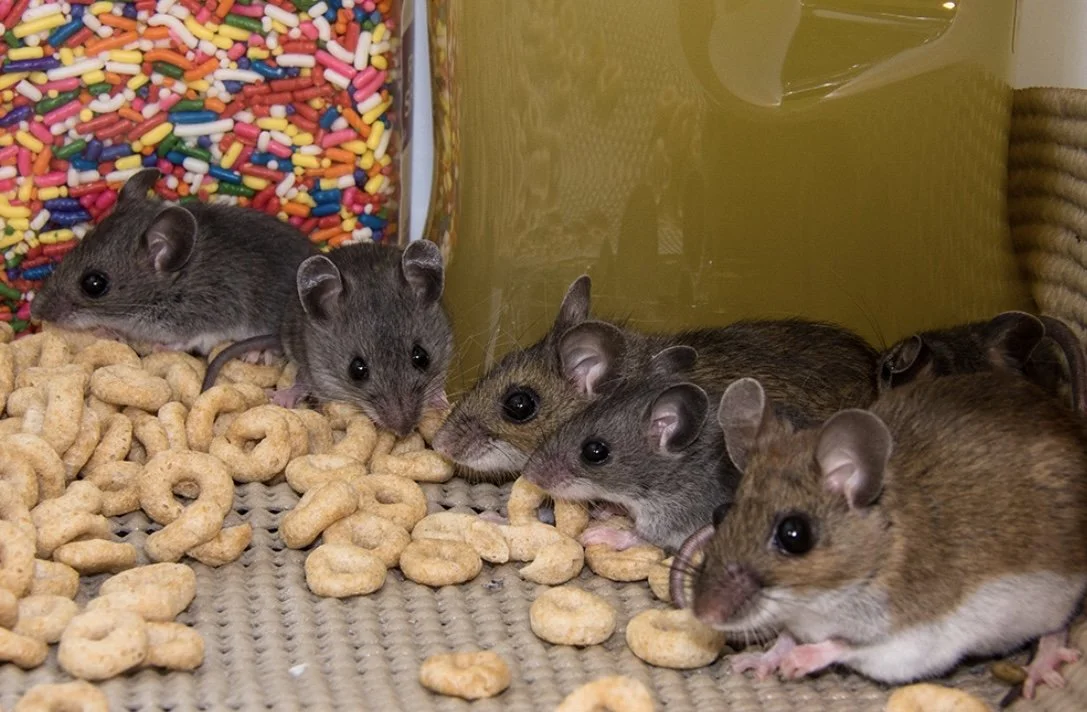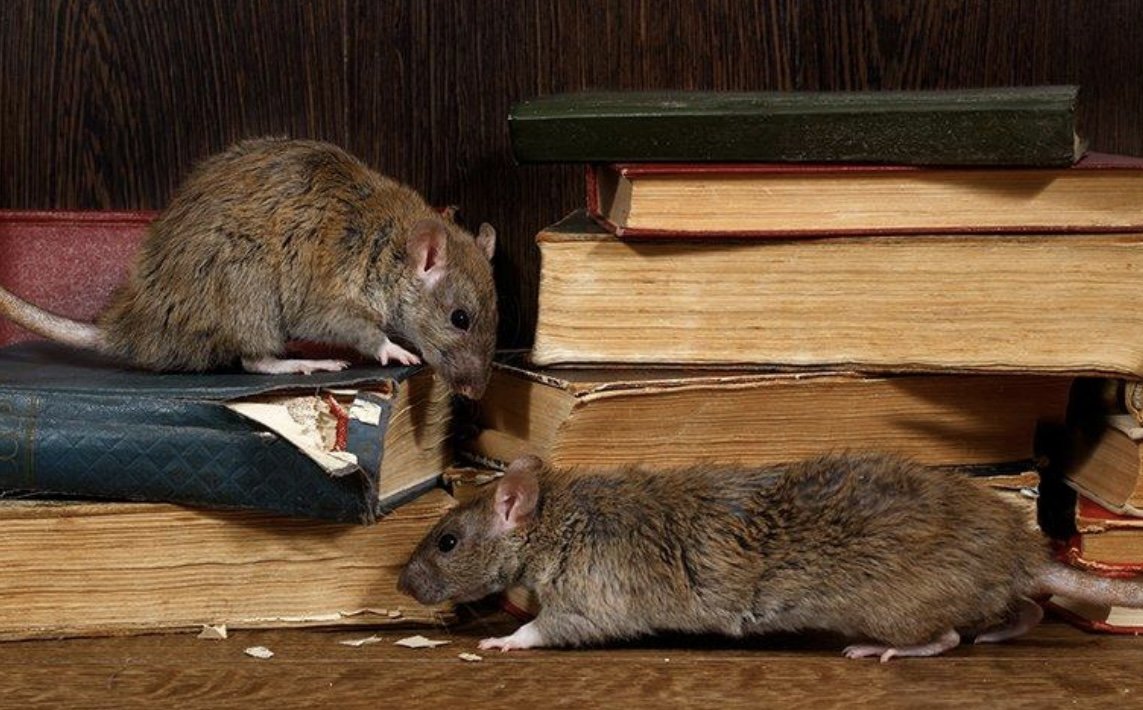
Rats & Mice
what are Rats ?
Rats are medium-sized rodents with long tails that are typically larger than mice. They have a highly developed sense of smell, allowing them to find food and water, and can jump up to three feet. Rats are known for chewing, which is due to their continuously growing teeth. They can chew through concrete, brick, wood, and walls, but are unlikely to chew through metal. Domesticated rats can live 2–4 years, but the longest-living rat reached 7 years old.
Why do I have Rats or Mice ?
Rats & Mice are attracted to homes primarily for food, water, and shelter, especially during winter when food and shelter sources are scarce. They are drawn to areas with food scraps, pet food, unsealed garbage, and easy access points like cracks or gaps in the foundation.
Here's a more detailed breakdown of what attracts rats:
Food and Water:
Food Scraps and Leftovers:
Any kind of food left out, including crumbs, table scraps, and even pet food, can attract rats.Unsealed Garbage:
Unsealed garbage bins or improperly stored food can lead to attracting rats.Unharvesed Fruits and Vegetables:
Fruits and vegetables that are left unharvested can attract rats.Pet Food:
Leaving out pet food, especially at night, can make your home an attractive place for rats to forage for food.Standing Water:
Rats need water to survive, and sources like overflowing pet water bowls or leaky pipes can attract them.Shelter:
Cracks and Gaps:
Rats can squeeze through surprisingly small openings, so any cracks, gaps, or holes in your foundation or walls can be an entry point.Cluttered Areas:
Clutter, like piles of boxes or stacked items, provides shelter for rats and can make it difficult to detect their presence.Overgrown Vegetation:
Overgrown trees, bushes, and weeds near your home can provide rats with cover and access points.Wood Piles:
Wood piles can be attractive to rats because they provide food and shelter.Outdoor furniture:
Upholstered outdoor furniture can provide a safe haven for rats.Lack of Sanitation:
Poor sanitation, whether in the home or yard, can attract rats and other pests.
Bird Feeders and Suet:
Bird feeders and suet can attract rats, as they are looking for food sources that can be found near bird feeders.
Seal any cracks and gaps: in your home's foundation and walls.
Store food properly: in sealed containers, and ensure garbage is tightly sealed and stored properly.
Clean up regularly, keeping your home free from clutter and food scraps.
Trim trees and shrubs: back from your home's foundation.
Keep your yard tidy: and free of overgrown vegetation, wood piles, and other potential sources of shelter.
Clean up any pet waste: regularly.
Our Integrated Pest Management (IPM) Approach:
Combining Methods:
A comprehensive rodent program often incorporates a variety of techniques, including prevention, sanitation, and targeted control measures, rather than relying solely on one approach.Trapping:
Use a variety of traps, including snap traps, glue traps, and cage traps, to capture and remove rodents.Minimizing Environmental Impact:
IPM emphasizes reducing the use of potentially harmful chemicals and minimizing their negative effects on the environment.Baits and Poisons:
Utilize rodenticides or baits strategically, following safety guidelines to ensure they don't pose a risk to people, pets, or the environment.Monitoring and Evaluation:
Regularly monitor rodent activity, track the effectiveness of control methods, and make adjustments as needed to ensure the program remains effective.Prevention:
Sealing Entry Points:
Identify and seal cracks, holes, and openings in buildings to prevent rodents from entering.Maintaining a Clean Environment:
Regularly clean up clutter, dispose of garbage properly, and ensure food storage containers are sealed to reduce food sources for rodents.Regular Inspections:
Perform routine inspections of buildings and surrounding areas to identify potential rodent problems early on.Habitat Management:
Trim trees, bushes, and other vegetation away from buildings to remove potential rodent habitats.Community-Wide Efforts:
Work with neighbors and local authorities to address rodent problems in shared areas.
What are Mice ?
Mice are considered dangerous and destructive pests.
Because they carry and transmit viruses, bacteria and other diseases, mice are considered to be troublesome pests.
Damage
They are commonly responsible for causing damage to personal property and are notorious for commercial crop destruction. In agricultural communities, mice may also be responsible for machine and equipment malfunction. These pests are capable of causing massive losses in commercial farming enterprises, as food that has been contaminated by mice is rendered unfit for consumption.
Disease
Mice can contaminate surfaces and food sources within homes. Hantavirus is a particular threat associated with particular rodents such as Deer mice. The virus is contracted with inhalation of particles released when mouse droppings, urine and saliva are disturbed.
Humans who consume contaminated food may contract a number of mouse-borne diseases, including salmonellosis. Within domestic environments, food contamination may be less obvious and foods may be consumed unknowingly. The constant chewing of mice also causes damage to electrical wires, clothing, books and furniture. They destroy storage boxes, electrical lines and other materials while building their nests.
Reproduction
Mouse populations can expand to include over 200 specimens in a matter of months.
Droppings
The presence of mouse dropping is an early and certain indication of an infestation.These dark, tiny feces are particularly dangerous and should not be handled without the use of gloves and a protective face mask.
Nests
Mouse nests can be located within homes, and infestations become obvious when holes appear in walls and floorboards. Nesting areas may be found in drawers, shoeboxes, storage boxes, under cabinets and other areas that are seldom accessed.
Infestations should be handled swiftly and are most efficiently dealt with through professional pest control methods.
Tracks
Mouse tracks are sometimes visible in dusty or muddy areas, and holes in walls confirm their presence as well as their nesting places.
Sounds
Homeowners experiencing infestations may hear noises at night and smell the mouse urine in areas with poor ventilation.
